Do you like to eat fish? I believe you must have eaten many kinds of fish, but I believe you may not know the fastest fish in the water. Let’s take a look. In the future, you can brag and say what the fastest fish I have ever eaten is. It can bring out the feeling of another realm!
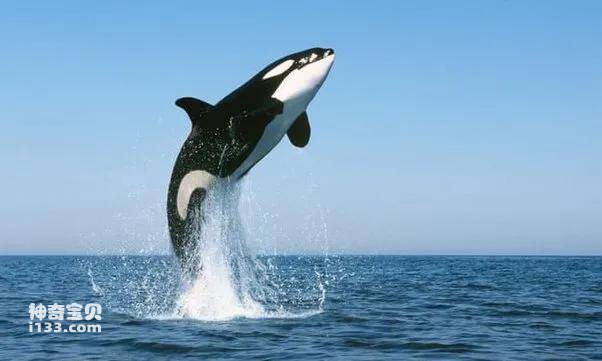
10. Killer whale
Speed: 55 kilometers
Living area: ocean
Fun Fact: Hunting together as a group
Killer whales, also known as killer whales, are toothed whales of the marine dolphin family. It is the largest member in the text. Killer whales are at the top of the food chain and are not threatened by other animals. They mostly live in various types of seabed conditions, such as the Arctic, Antarctic and tropical regions, except the Baltic and Black Seas.
The body of the orca is black, with the chest and sides of the body white. Male killer whales weigh about 6.5 tons and are 6 to 8 meters long. The relatively small females are 5 to 7 meters long and weigh about 3.3 to 4.4 tons. According to various reports, they can reach speeds of up to 55 km/h, which varies depending on prey and conditions.
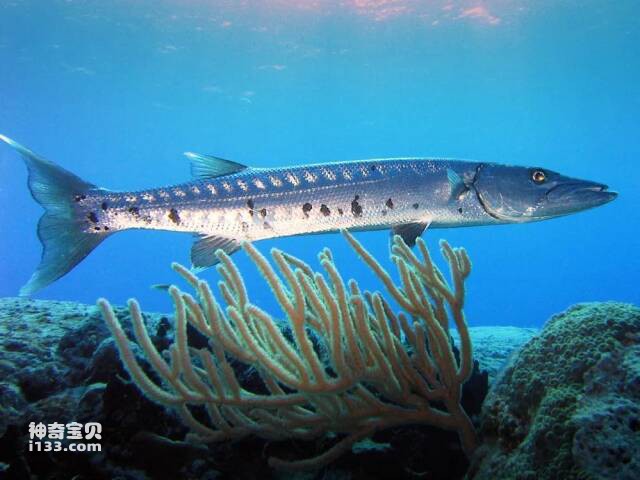
9. Bonito
Speed: 62 km/h
Inhabited area: tropical and temperate regions of the Indian Ocean and Pacific Ocean
Fun fact: They belong to the tuna family
Bonito, also known as barracuda, is related to tuna, king mackerel and kingfish. Despite their low-profile appearance, these medium-sized predatory fish can swim at speeds of up to 62 kilometers per hour. That's faster than an average shark!
It can be found near the coast and in temperate and tropical waters. It is a migratory fish that can occasionally be found as far south as Argentina, with a range from Nova Scotia to Florida and the Gulf of Mexico.
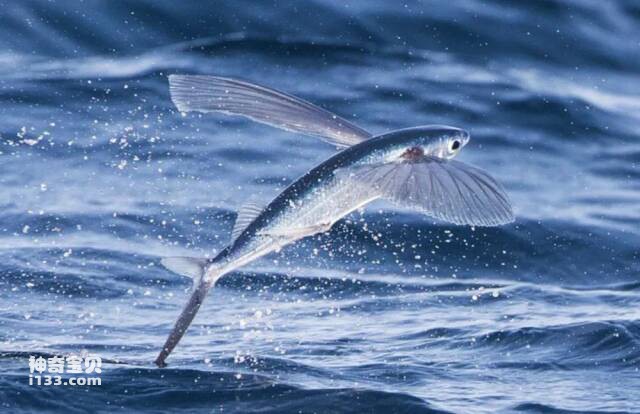
8. Flying fish
Speed: 70 km/h
Inhabited area: Subtropical waters of the Atlantic and Pacific Oceans
Fun fact: they can fly out of the water
Flying fish like to live in warm tropical and subtropical areas. They live in the sunbelt of the ocean, at a depth of about 200 meters, with more visible light. Primary production occurs in this area and therefore many plants and organisms live within this range.
They can swim at a speed of 70 kilometers per hour and can glide for a maximum time of 30 seconds. As a result, aquarium/flying-fish.html">flying fish are able to move from up to 200 meters away from their predators. This is an endangered species in the water. They used to hunt at night.
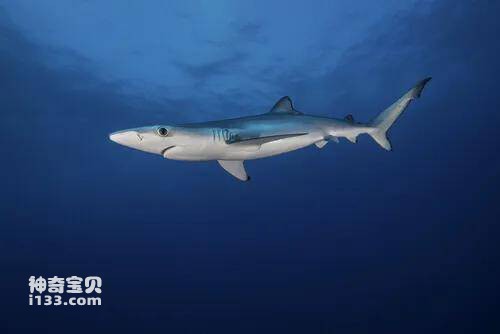
7. Blue Shark
Speed: 70 km/h
Living area: all over the world’s oceans
Fun fact: Blue sharks are not the most aggressive sharks, but they still rate pretty high according to shark attack statistics.
These lurkers prefer deep, cold waters where they can swim at speeds of up to 70 kilometers per hour. Considering these carnivores can grow up to 6 meters long, their speed reaches a whole new level!
Blue sharks are found in many waters, including the Mediterranean, and can be found in oceans around the world. They rarely stop in the Baltic and Red Seas and the Gulf of Mexico. Blue sharks rarely appear on anglers’ bucket lists. This is because they live in very deep waters, making them difficult to access.
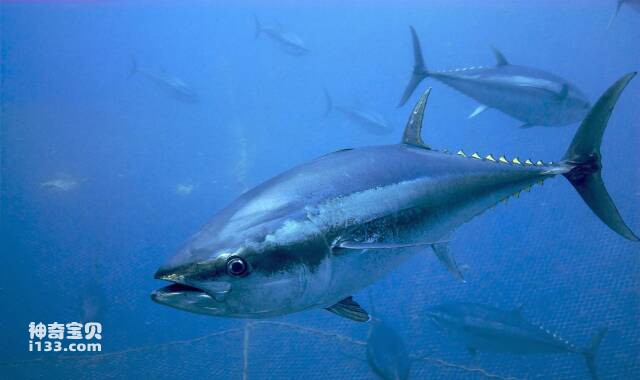
6. Atlantic bluefin tuna
Speed: 74 km/h
Living area: Western and Eastern Atlantic Ocean, Mediterranean Sea
Fun Fact: Is an endangered species on the verge of extinction?
The Atlantic bluefin tuna is a unique fish because of its warm blood supply. Warm-bloodedness is a trait shared by all tuna species, but bluefin tuna are particularly effective. Atlantic bluefin tuna is native to the Mediterranean, western and eastern Atlantic Oceans.
It is a strong fish and can live up to 50 years. A female bluefin tuna can lay 30 million eggs at a time. Still, this reproductive ability doesn't make up for the fact that bluefin tuna are overfished and endangered worldwide.
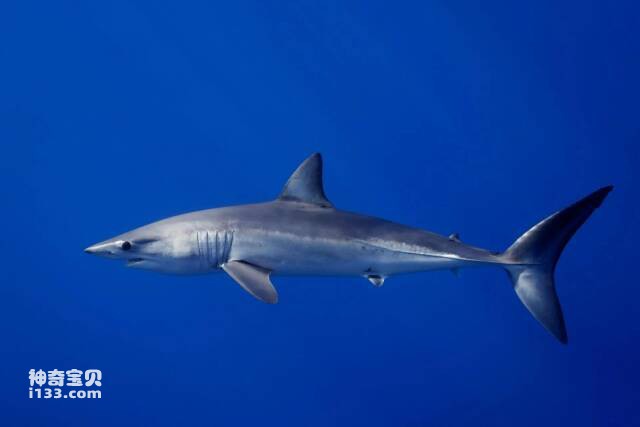
5. Mako Shark
Speed: 74 km/h
Residence area: Tropical waters around the world
Interesting Fact: There have been numerous documented attacks of these sharks on humans and boats
They live in tropical seas around the world. Mako sharks also eat tuna, swordfish, bonito, sea turtles, other sharks, and seabirds. This fastest species of shark is capable of bursting at speeds of 74 kilometers per hour.
The International Shark Attack File documents numerous incidents of these sharks attacking humans and boats, sometimes resulting in fatal injuries. They have never been reported to prey on humans, but their speed, strength, and size are capable of attacking and killing humans.
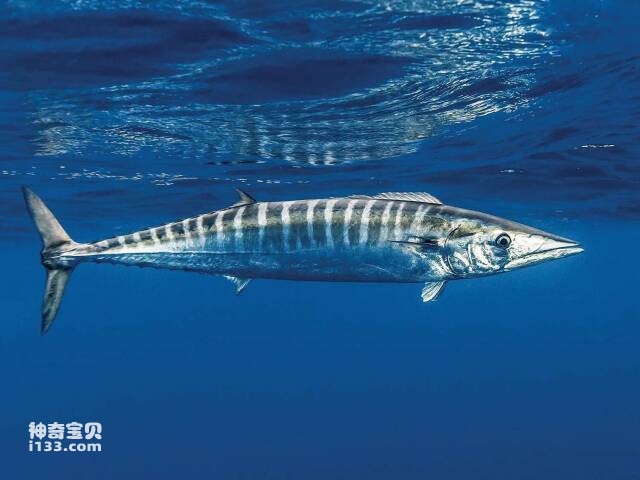
4. Salmonella spp.
Speed: 77 km/h
Living area: Tropical and subtropical seas around the world
Interesting Facts: Long, thin, with pointed head
The Shamrocki has razor-sharp teeth, a huge beak-like jaw, and speed that only a few fish can match! Even if they're doing well, anglers rarely target shad alone. Often, they become addicted while chasing other species.
Their average length is 1.65 meters and their weight is 15 kilograms. They are found in tropical and warm temperate waters around the world, including the Atlantic, Indian and Pacific oceans, the Gulf of Mexico, the Caribbean and the Mediterranean.
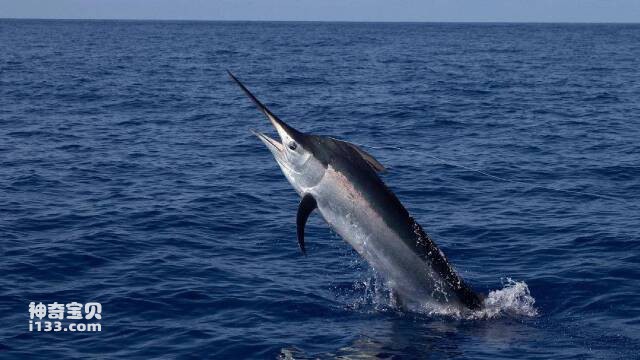
3. Swordfish
Speed: 97 km/h
Inhabited areas: Tropical and temperate parts of the Atlantic, Pacific and Indian oceans
Fun fact: Their swords are used to hunt down prey
Swordfish is a famous sport fish of the family Swordfish, which belongs to the family Swordfish. They are also known as broadbill fish. An important characteristic of these species is the long, fatty beak. They are typically long, round structures that lose their teeth and scales as adults.
Lives in the Atlantic, Indian and Pacific Oceans at a depth of 550 meters from the water. According to reports, the fish's maximum length and weight were 4.55 meters and 650 kilograms respectively. In addition to sport, they are hunted for expensive food in many Western countries.
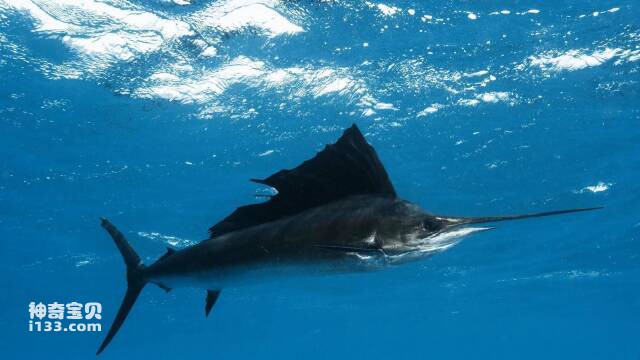
2. Sailfish
Speed: 110 km/h
Inhabited area: Indian and Pacific Oceans
Fun fact: Has a large sail-like dorsal fin
Swordfish is one of the fastest fish in the sea, with a top speed of 110 kilometers per hour. Their name comes from their large dorsal fin, which resemblessail. This fin helps them move through the water. Can be found in warm temperatures in the Atlantic and Indo-Pacific oceans.
It has an elongated body, beak, and long fins extending from the crust. They are 7 meters long and can weigh up to 60 pounds. and Atlantic blue marlin, black marlin and are some of the larger species in the same category.
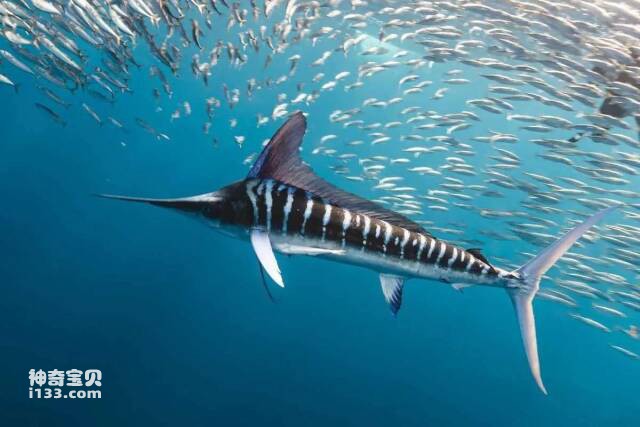
1. Black Marlin
Speed: 132 km/h
Region of residence: Australian coast and tropical Indo-Pacific
Fun Fact: Closely related to swordfish and swordfish
The black marlin is considered the fastest animal in the ocean. At 15 feet long, this fish is slightly larger than a swordfish and lives in warmer areas of the Pacific and Indian oceans. It weighs 1,650 pounds, which makes it heavier.
The black marlin's dorsal fin is lower and rounder than that of the swordfish, and its beak is also much shorter. Its speed is even more astonishing because its pectoral fins are so stiff that they cannot lie flat against the sides of the fish to reduce drag. A fisherman managed to catch a black marlin on a line. The fish pulled line off the reel at 36.6 meters per second, indicating a speed of 132 kilometers per hour.
animal tags:
We created this article in conjunction with AI technology, then made sure it was fact-checked and edited by a Animals Top editor.